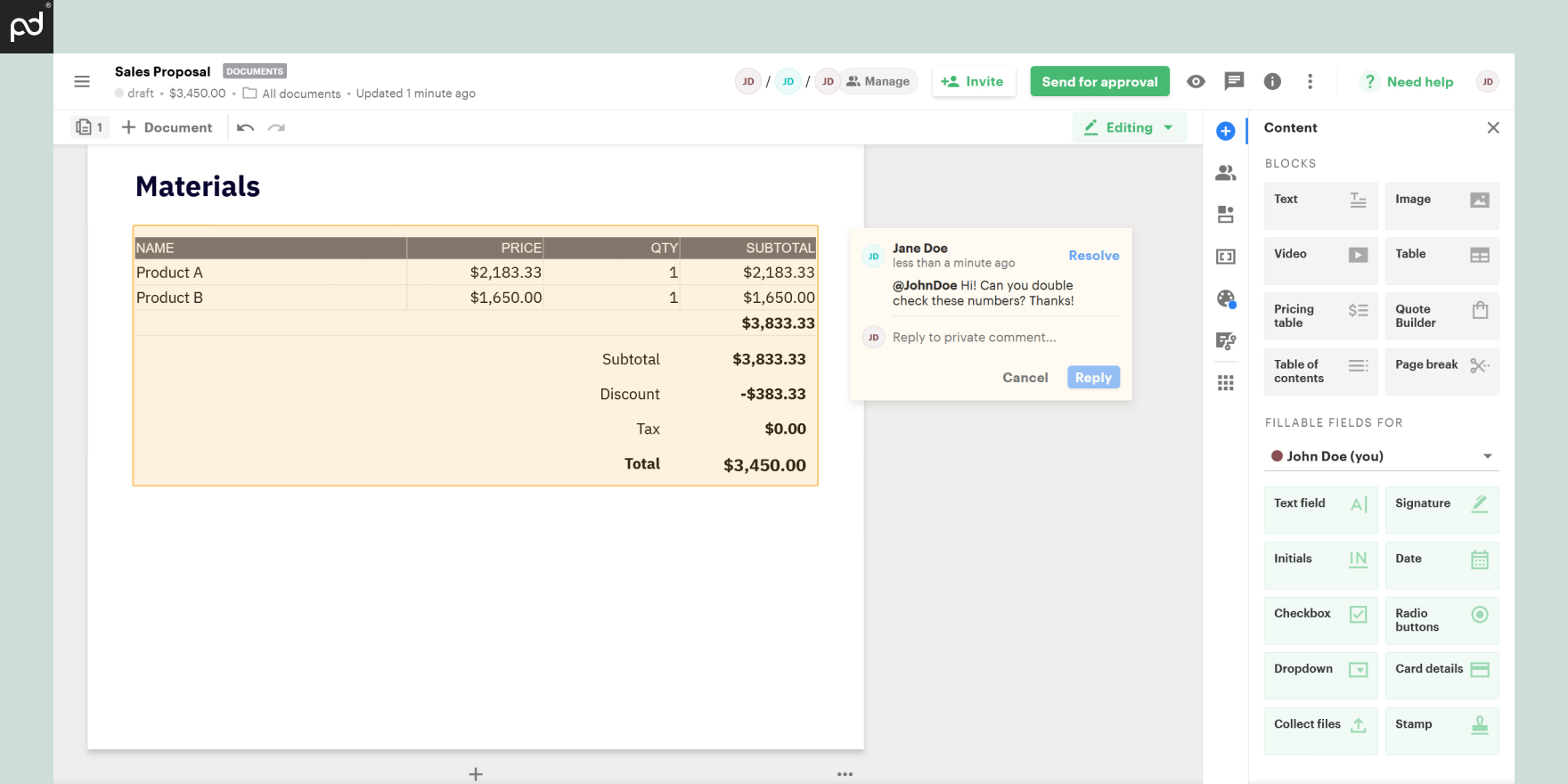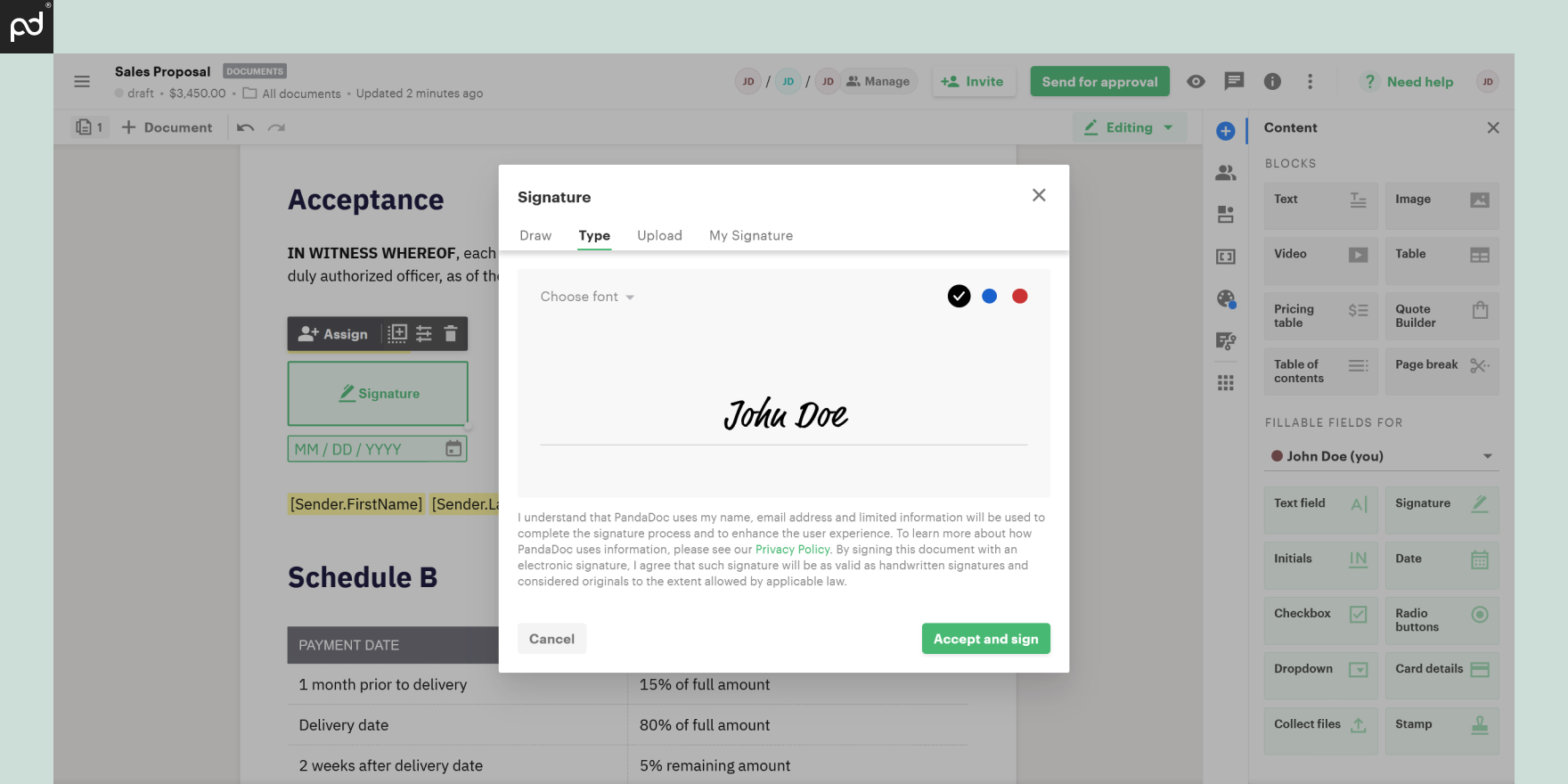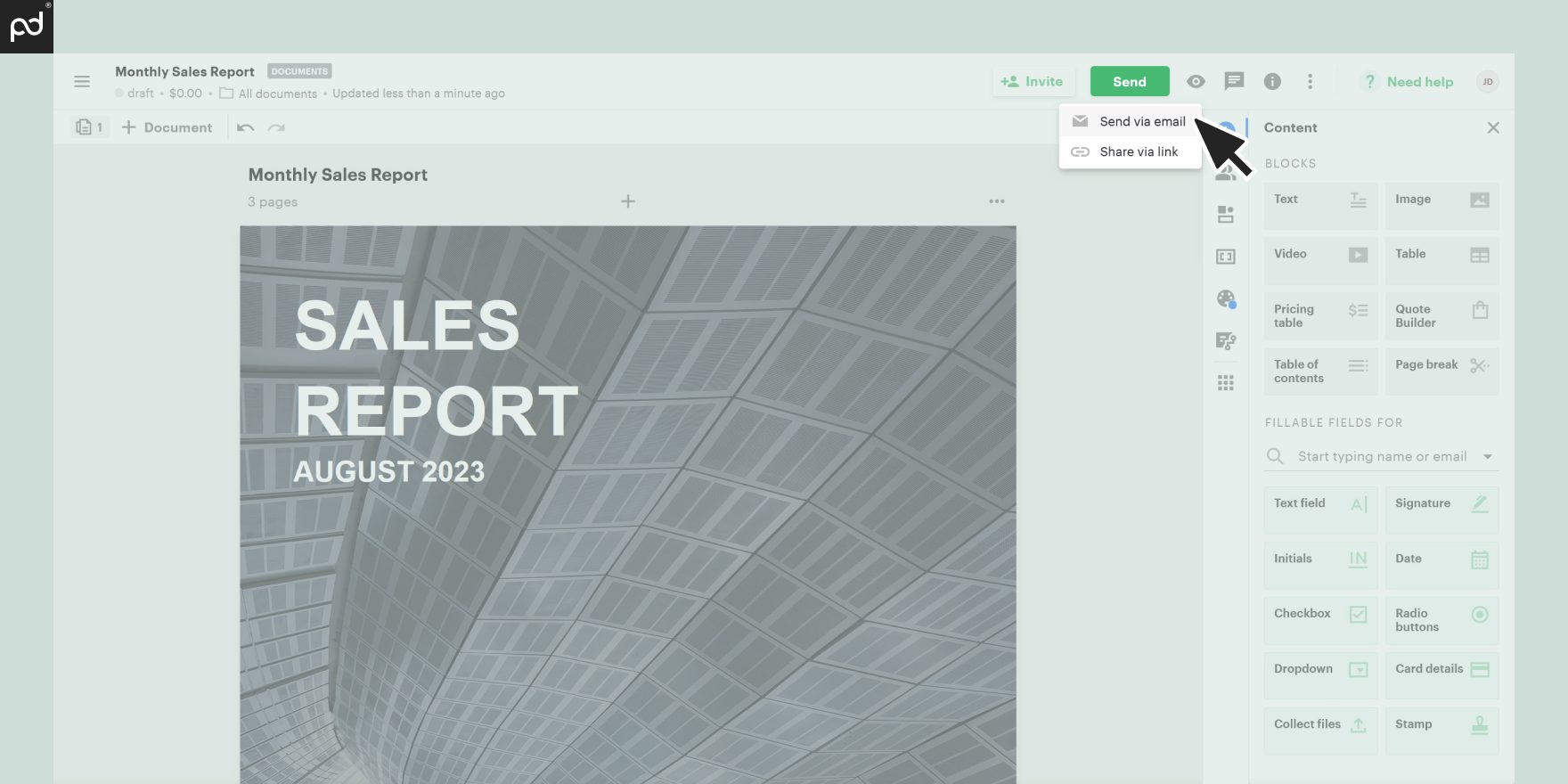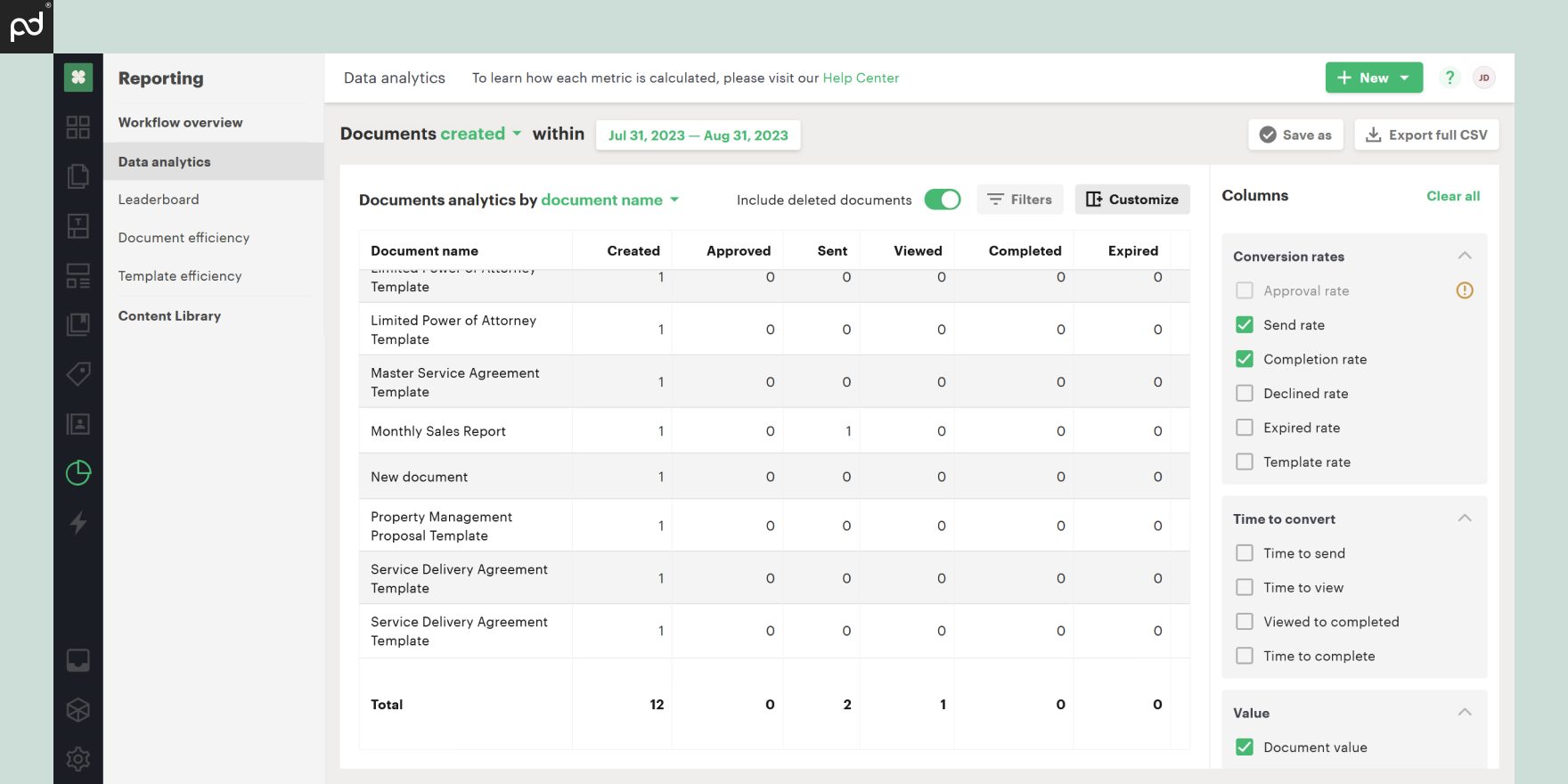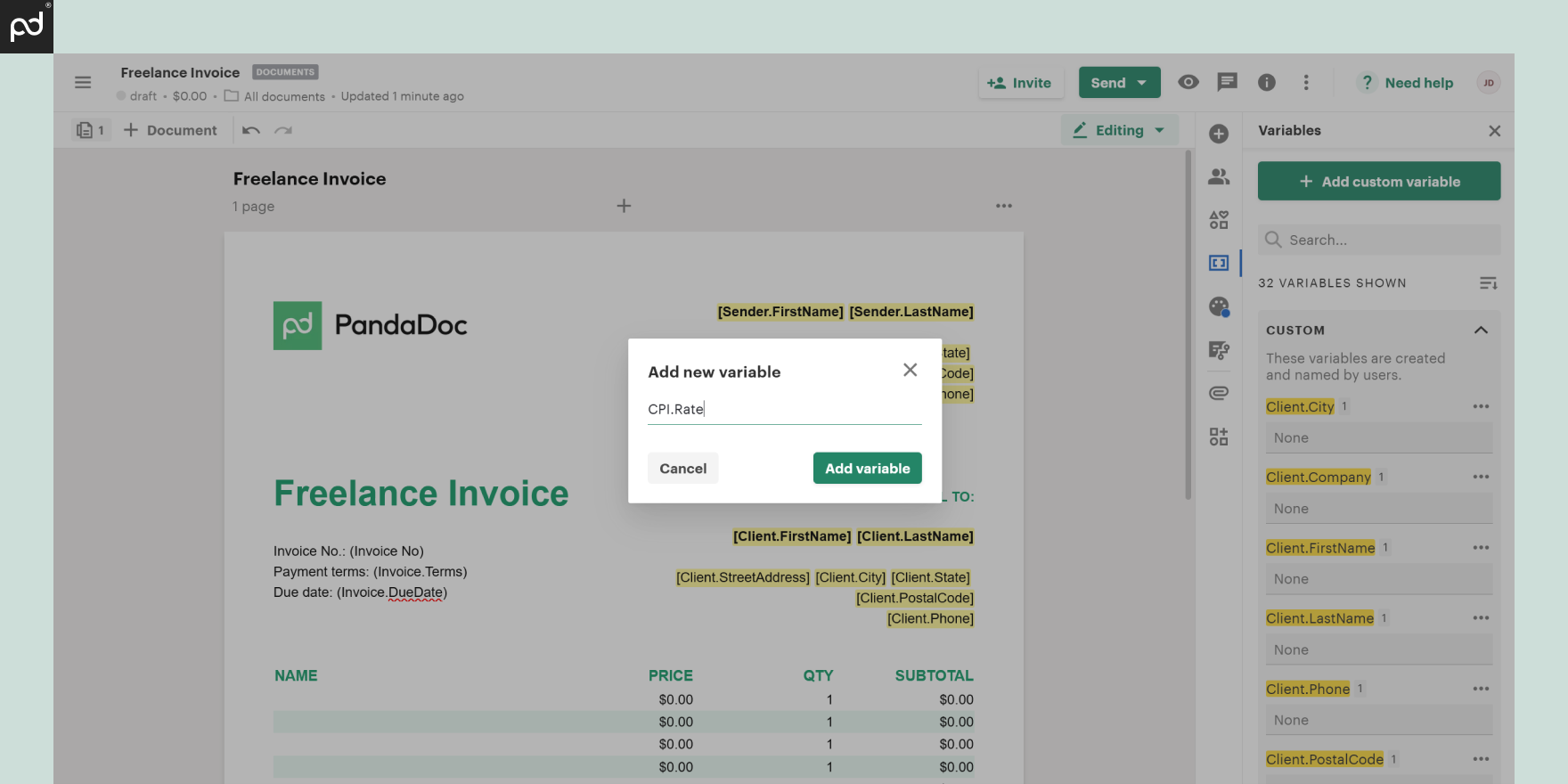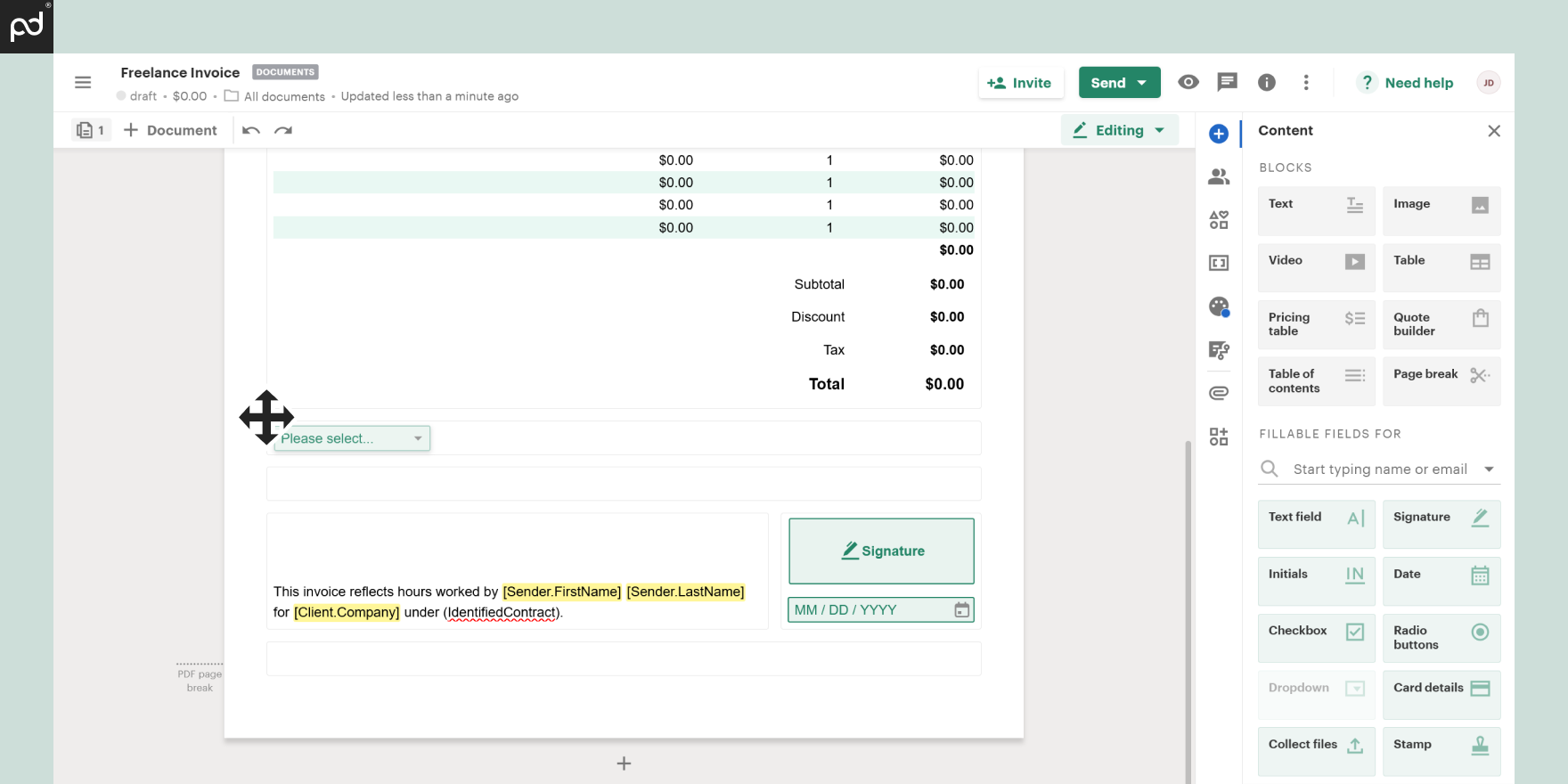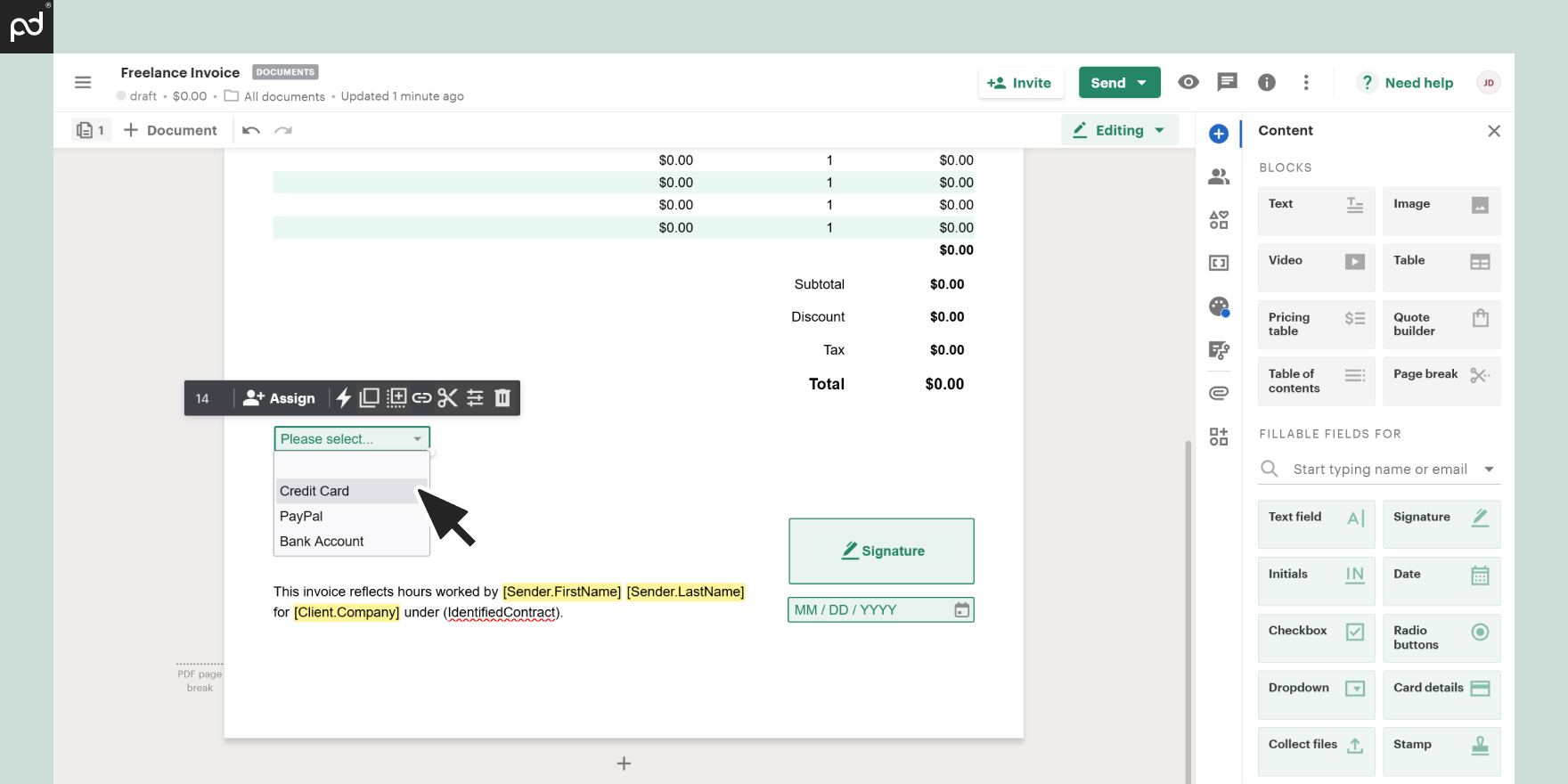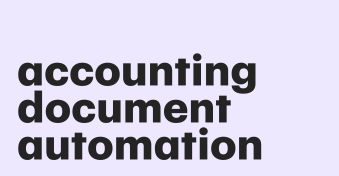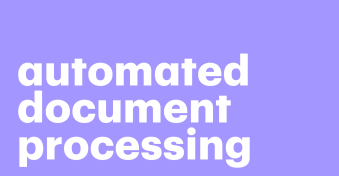Considering the fact that Fortune 500 companies lose a staggering $12 billion a year due to unstructured document management inefficiencies, adopting document automation strategies is not a “nice to have” for businesses — it’s a necessity.1
In this article, we’ll focus on PDF documents in particular, the benefits of automation, use cases, and features to look for when choosing the best tool for you and your team.
Benefits of PDF document automation
PDF document automation presupposes using specialized software to automate tasks related to the creation, manipulation, data extraction, and management of PDF files.
Such process automation gives companies tangible benefits, including:
- Streamlined document workflows. As all the key manipulations with PDF documents are performed automatically — including file merging, splitting, compressing, and converting — you can slash document creation time, increase the number of completed documents per month, and improve your close rates.
- Utmost accuracy and consistency. Document automation ensures that PDF files contain accurate information, eliminating the risk of typos, omissions, etc. You can also consistently format documents with your unique brand elements, such as fonts, logos, colors, and more.
- Rock-solid data security. Automation allows for robust password protection, version control and audit trails, ESIGN and UETA-certified e-signatures, role-based permissions, and 24/7 system monitoring — ensuring that PDF documents are secure and tamper-proof.
- Enhanced collaboration. Team collaboration and approval processes are much easier with document automation tools like inline commenting, tagging, simultaneous editing, and annotation creation.
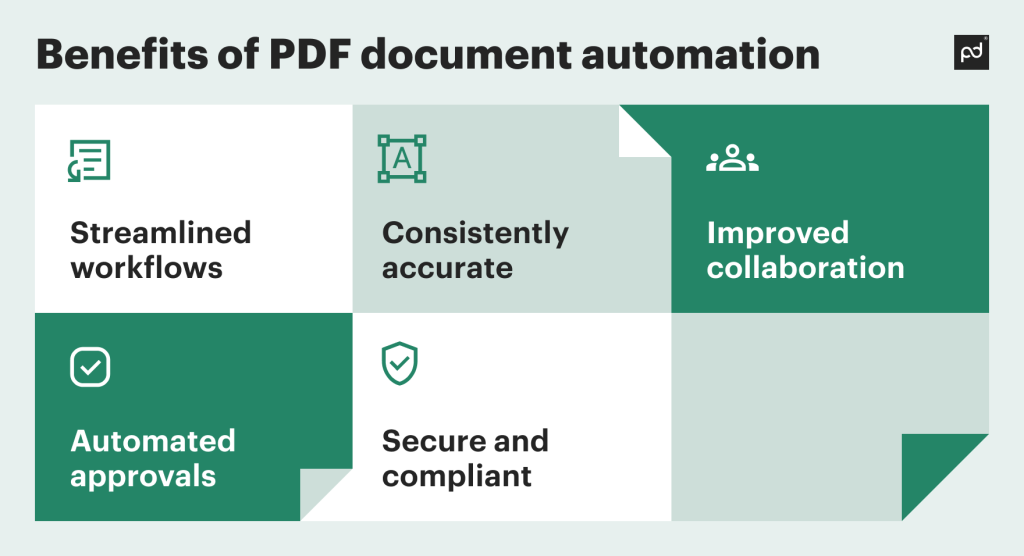
Top use cases for PDF document automation
Document management solutions leverage OCR-enabled data extraction (or parsing) to transform unstructured data from PDF files into various formats and document types that can be easily processed, analyzed, and managed further.
Contract management
Process automation around contract management allows for increasing the speed and accuracy of deals.
You can create, customize with branding, collaborate, manage, send, and e-sign contracts within one solution, as well as easily convert them into PDF/A for long-term archiving (and retrieve, when needed).
Report generation
By pulling up valuable data from CRM and ERP, Google Sheets, PowerPoint presentations, and analytics systems, document automation software is able to build informative and visually appealing PDF reports on team productivity, market analytics, project updates, and other key business aspects.
You can also make sure your reports are automatically updated and distributed so that stakeholders can receive accurate and up-to-date information.
Invoicing
Underpinned by automation tools, you can issue branded, customized invoices and bills, instantly sign them, or send them to customers for electronic signing — to accelerate your financial workflows.
You can then smoothly extract data from PDF invoices, making them structured and readable for your accounting software.
The obtained information is key to analyzing spending, defining cost-saving opportunities, and creating accurate financial reports.
How to choose the best PDF automation tool
When looking for a PDF document management solution for your particular niche, pay attention to the following aspects:
OCR capabilities
The more powerful optical character recognition (OCR) functionality is, the more accurate document processing you get.
Make sure your PDF automation solution seamlessly recognizes data from different document formats:
- Scanned and printed document types
- PDF files
- Images (JPEG, PNG, GIF, BMP) and screenshots
- Text files (TXT or RTF)
- Microsoft Office documents (Word, Excel, and PowerPoint)
- HTML web pages
Advanced OCR also delivers high efficiency despite challenges like complex layouts, cursive handwriting, or low-resolution images.
Robust security
Check whether the solution of choice offers PDF encryption, advanced access management, real-time system monitoring, and automated backups — attributes that protect sensitive financial data and customer information from breaches and cyber attacks.
Another important aspect to pay heed to is security standard compliance.
For instance, e-signatures should be E-SIGN and UETA compliant, with SOC 2 certification.
HIPAA, GDPR, FERPA, eIDAS are other rules to meet, depending on the industry you are in.
Compatibility
API-powered integration with third-party tools such as HubSpot, Salesforce, Zapier, and more facilitates customer data extraction and import into the needed documents and its further editing and analysis.
Seamless pairing with payment gateways, HR systems, and data storage are also key to improving document workflows.
Accessibility
Make sure your future PDF automation solution can be easily accessed from a mobile device or tablet.
This allows managing documents anytime and anywhere, speeding up issue resolution, approvals, and document signing.
Great performance
At the time of merging, splitting, compressing, and converting PDF files into different formats, your document management automation software should not lose the original resolution of the content.
Editing and sharing docs should also be easy and quick to execute.
How to implement PDF document automation
PandaDoc offers an all-in-one solution covering the entire PDF document management lifecycle.
Just choose the operation you want (merge, split, edit, compress, convert, etc.), upload the file from your local driver, and save the results.
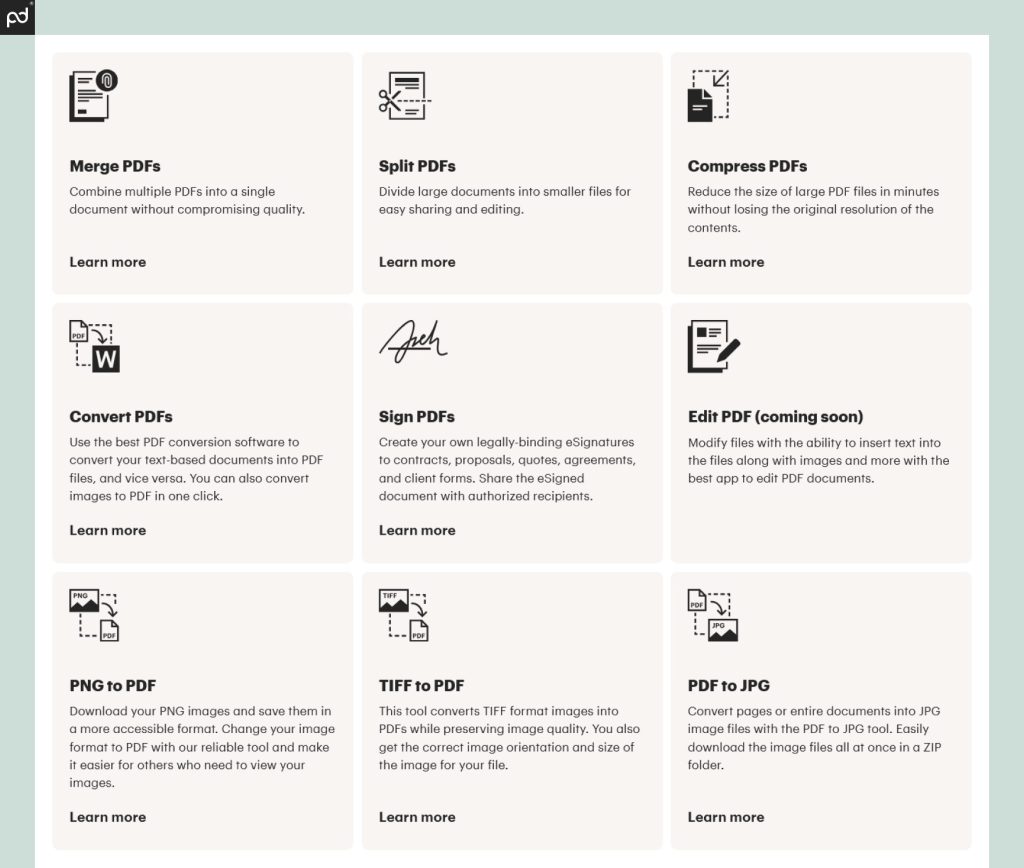
These useful operations are available for free.
However, if you want to manage an unlimited number of documents and unlock the full feature pack (including a rich library of document templates and e-signing), you can choose the premium version of the solution.
The pricing varies depending on the subscription type.
We’ll assist you with the entire setup and configuration of your account and, if needed, provide personalized onboarding and training.
- Market Analysis Report, publisher: Pericent Show in the article ↑
